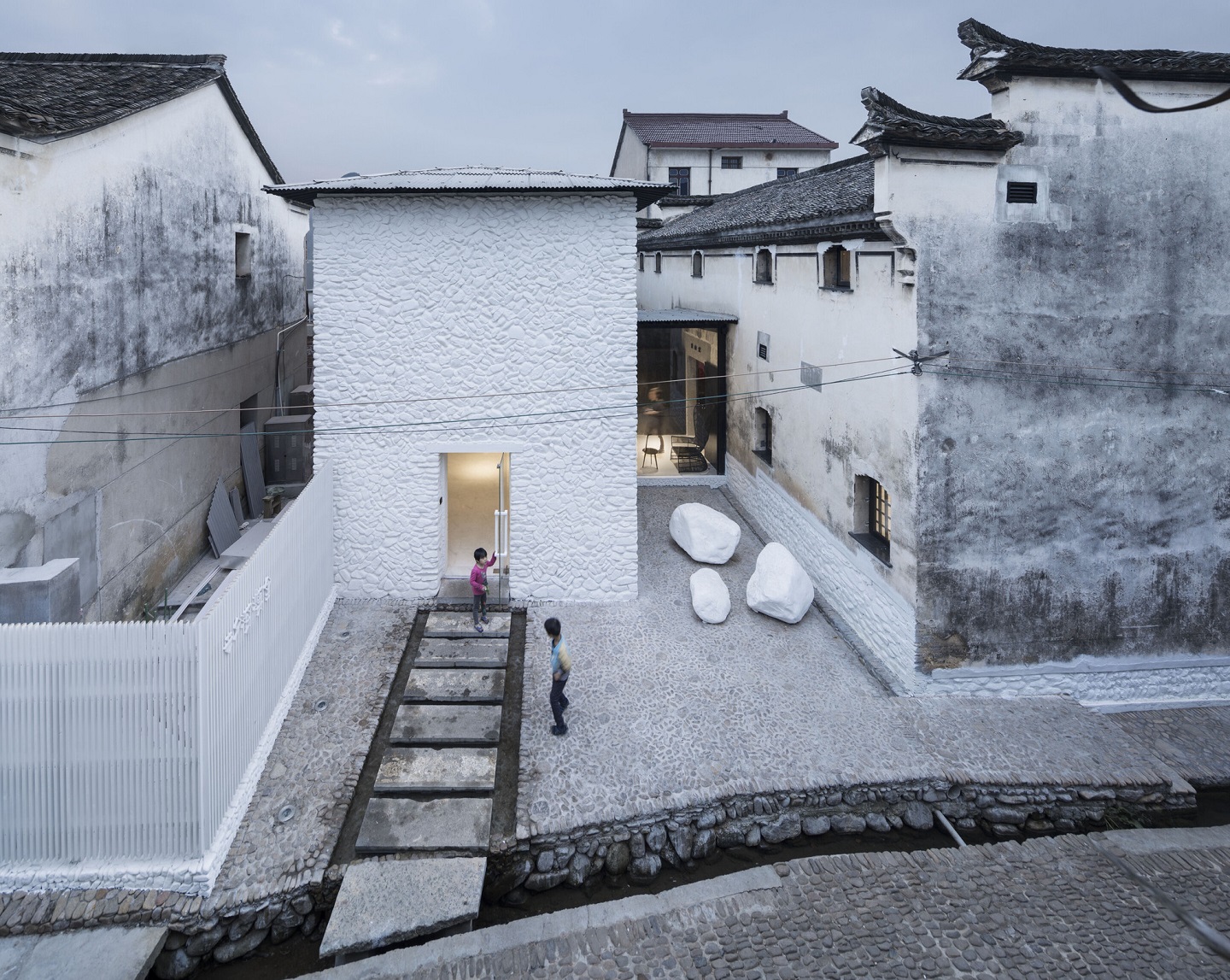
Ruralation Shenaoli Library by Zhang Lei. (Photo: Yao Liall/Pavilion of China at the 16th Venice Architecture Exhibition, la Biennale di Venezia)
La Biennale di Venezia — popularly known simply as the Venice Biennale — is set for its 16th edition from May 26 until Nov 25. A highlight of the biennale is always the different large-scale pavilions around the city and this year, the Pavilion of China is doing something novel.
Named “Building a Future Countryside”, the pavilion’s space is transformed into pastoral farming land. The idea draws inspiration from the fast-paced development and urbanisation of China, particularly in the rural areas. Referencing the idealised tradition of returning “home” or to a pastoral life often captured in Chinese literature, the concept aims to stir thought on the crossroads of tradition and modernisation.
“The motivation of this exhibition is more than just xiangchou, a Chinese term that refers to nostalgia for rural lands. We return to the countryside where Chinese culture originated to recover forgotten values and overlooked possibilities; from there, we will build a future countryside,” says curator Li Xiangning.
Building a Future Countryside depicts the countryside of contemporary China through six episodes: poetic dwellings, local production, cultural practices, agricultural tourism, community reconstruction and future exploration. Outside the pavilion, in the garden, is an artwork by Philip F Yuan titled Cloud Village. Inside, there are six other main projects, all of which are done by architects.


